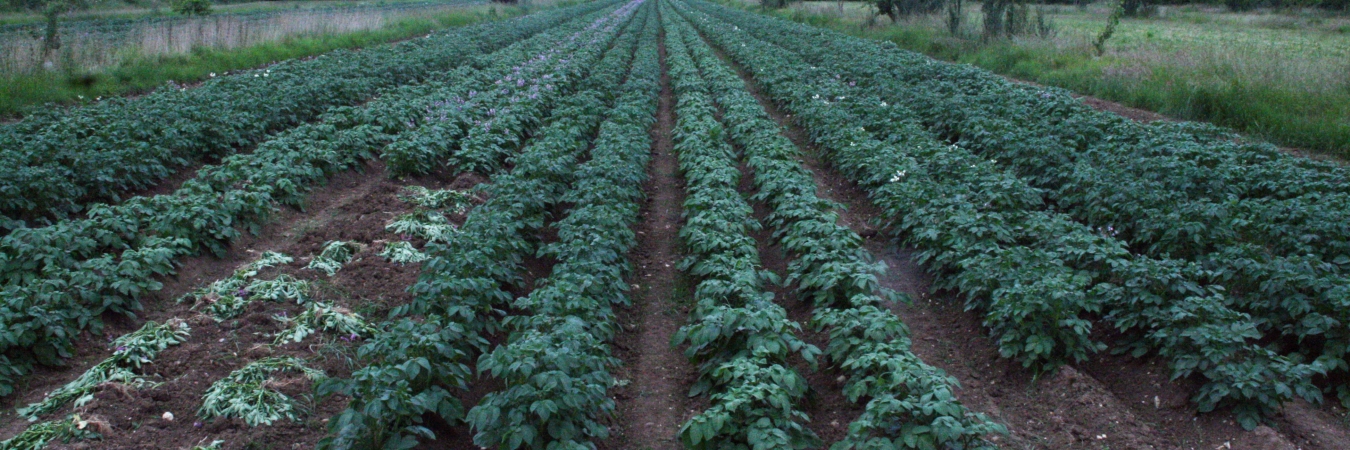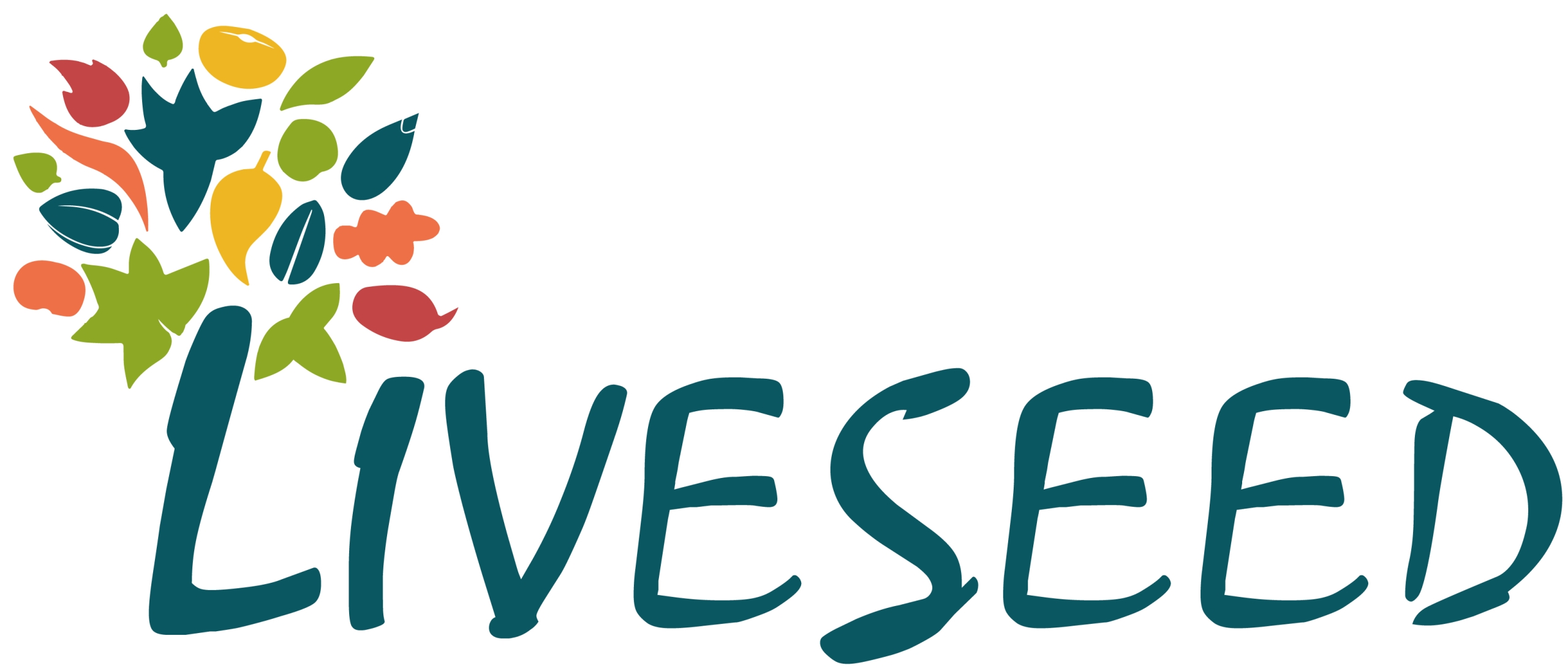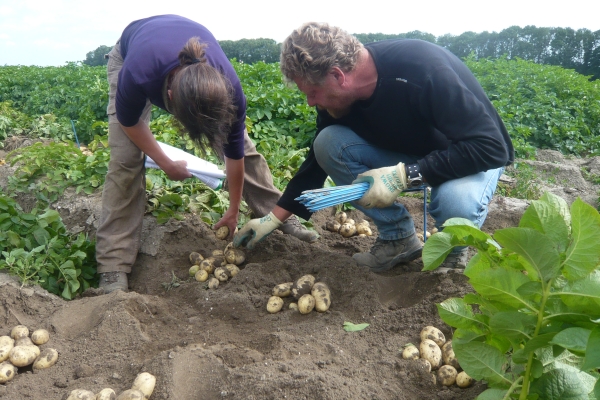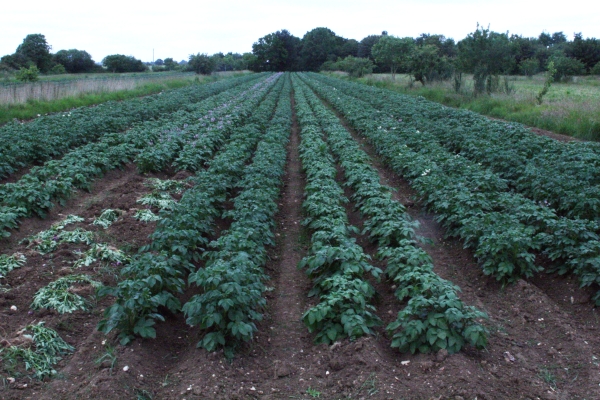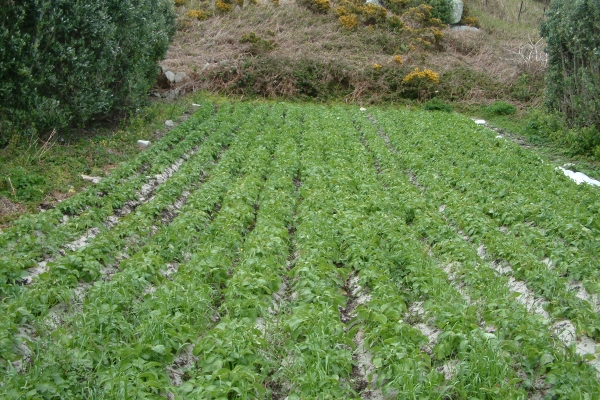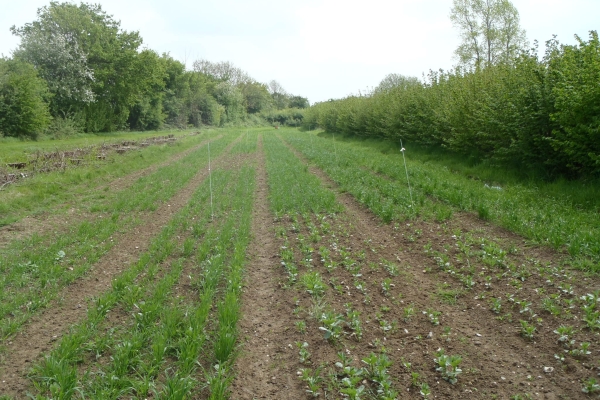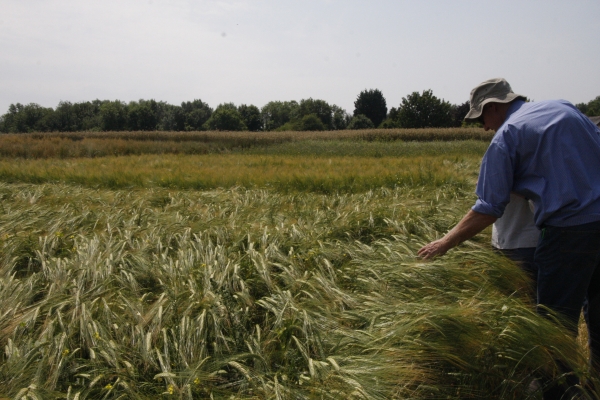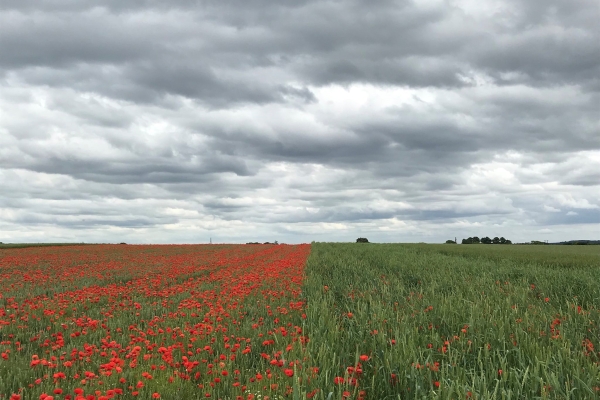How to identify potato cultivars which are resistant to late blight?
LIVESEED Practice Abstract No. 11
Resource explained
Late blight caused by the fungus phytophthora infestans has one of the biggest impacts on yield in organic potato growing. Breeding for resistance is important in order to help reduce blight damage. However, conventional potato trials (conducted using fungicides) do not provide organic farmers with any information on the cultivar’s resistance to late blight. This abstract provides some basic guidance on how farmers can set up a simplified cultivar trial to identify potato cultivars which are resistant to late blight. This is one of a series of practice abstracts produced as part of the LIVESEED research project. LIVESEED (Boosting organic seed and plant breeding across Europe) is based on the concept that cultivars adapted to organic systems are key for realising the full potential of organic agriculture in Europe.
Findings & recommendations
- It is recommended that you use a simplified design – growing a reference cultivar (known to have a good resistance against late blight) in 2-3 randomly distributed plots and growing cultivars to be tested in plots without repetition. If the reference cultivar displays a similar resistance to late blight in all repetitions, it can be assumed that environmental conditions uniformly influence the trial and thus, varietal differences in disease resistance are likely to be the result of the genotype.
- Use pre-sprouted seed potatoes in cultivar trials – they having a shorter growing period so will make it easier to avoid weather conditions which favour late blight infestation.
- Inspect leaf surfaces and undersides of leaves and stems for late blight infections throughout the growing season.
- Traits which are useful to help assess a cultivar’s resistance against late blight are yield performance, canopy development, early tuber set and fast tuber bulking, and early maturity.
Also see ‘How to set up an on-farm cultivar trial to score for leaf blight in carrots?‘
Access the LIVESEED website here. Read about project outcomes and results here.
